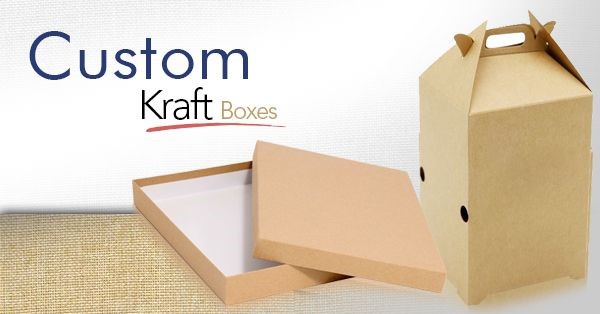Today, the term utility knife includes small foldable, retractable and replaceable razor blades that are suitable for use in the general workplace and in the construction industry. Utility knives are snap-off blades with a 25mm metal body, rust resistant, narrow body for maneuverability and easy storage. Outdoors, utility knives are best suited for camping and hunting with wide 75-130 millimetre blades, while utility knives for the construction sector are equipped with interchangeable utility razor blades for cutting packaging, cutting shingle marks, cutting lines and scraping paint.
The Olfa blades is a rotating cutter that works like a rolling razor blade and allows you to cut multiple layers of fabric without distorting the material. The knife accepts blades by olfas for cutting wood, such as a 25 mm long Japanese carbon steel blade with a 59 degree angle and its wide and narrow blades.
OLFA (r) is a high-quality utility knife blade made of the finest tool steel. The holder and handle enable the user to achieve full cutting performance with high-quality knife designs developed and manufactured in Japan and subjected to a rigorous quality inspection process. The OLFA blade is widely recognized in the graphic arts industry.
OLFA claims that its silver blades are the sharpest in the industry, and they are. Their black blades are up to 25% sharper thanks to a different honing process.
Most utility knives use trapezoidal blades for a variety of reasons, as it is easier to find blades in stores. Olfa was the original inventor of the renegade blade, and it has some obvious advantages. The angle of 59 degrees offers a great combination of cutting surface and blade thickness, at least that is what Olfas research says.
This is not a big deal for a knife that is a snap knife, but they do provide a nice carrying bag for extra blades, and I myself have used and owned a few of them. Some knives are cheap, some blades are scrap, and some blades crack when you don’t want them. The garbage is gone and we have found that high quality snap knives are convenient and easy to use, the blades do not break easily and remain sharp for a long time.
The cutting edge of the Olfa (r) tear-off blade is refreshed 13 times by tearing off blunt segments to obtain a fresh edge. Snap-off blades offer the advantage of material and cost savings by offering 13 instead of two edges with a conventional utility blade.
Designed and introduced in 1956 by the Japanese manufacturer Olfa Corporation, the world’s first snap-off blade was inspired by the analysis of the sharp cut edges that occur when a glass is broken and a piece of chocolate bar is broken into segments. The genius of the snap-on blade construction is that the dividing line does not extend across the blade, but rather bevels when broken, so that it forms a sharp cutting point. The utility knife for cutting boxes consists of a simple sleeve with a rectangular handle and a single edge through which the utility blade is inserted.
When you extend the utility knife blade to its full length, compressed insulation panels, paper or fiberglass are bundled together, and nothing happens to the knife body when you touch the insulation at the edges. When the longer blade is extended, it can be used in areas that reveal the sweet sharpness of a well-honed pencil drawing, and it cuts easily. If the blade is not extended or needs to be optimised for cutting, lay the Olfa utility knife flat on a worktable and cut along the horizontal edge to expose a sloping slab.
If one side is blunt, you can flip the blade over so that you still have a use before littering it. The standard utility knife blade I use is not available when I use the utility knife, which means I only have one backup blade with me. A fresh edge is a quick snapshot and I don’t have too much trouble with boring blade swaps.
The biggest thing I like about the Olfa knife is that it promotes the need for blade changes. I have tried to use utility knives marked with wood in the past, but apart from fresh blades I have made a mess. When I use this knife, I find that the blade can be changed quickly and easily, and I see less frustration.
Olfa uses stainless steel blade channels running along the entire length of the blade. If you are disturbed by the fact that the genuine Olfa blade steel is of good quality and has a belt shape, it starts to blunt. When a blade becomes blunt, it not only frays and tears a lot of material, not to mention an increased cutting effort.
Utility knives are used for so many different cutting jobs that many people do not know that grabbing a utility knife blade and trying to break it is an unsafe method.










You must be logged in to post a comment.